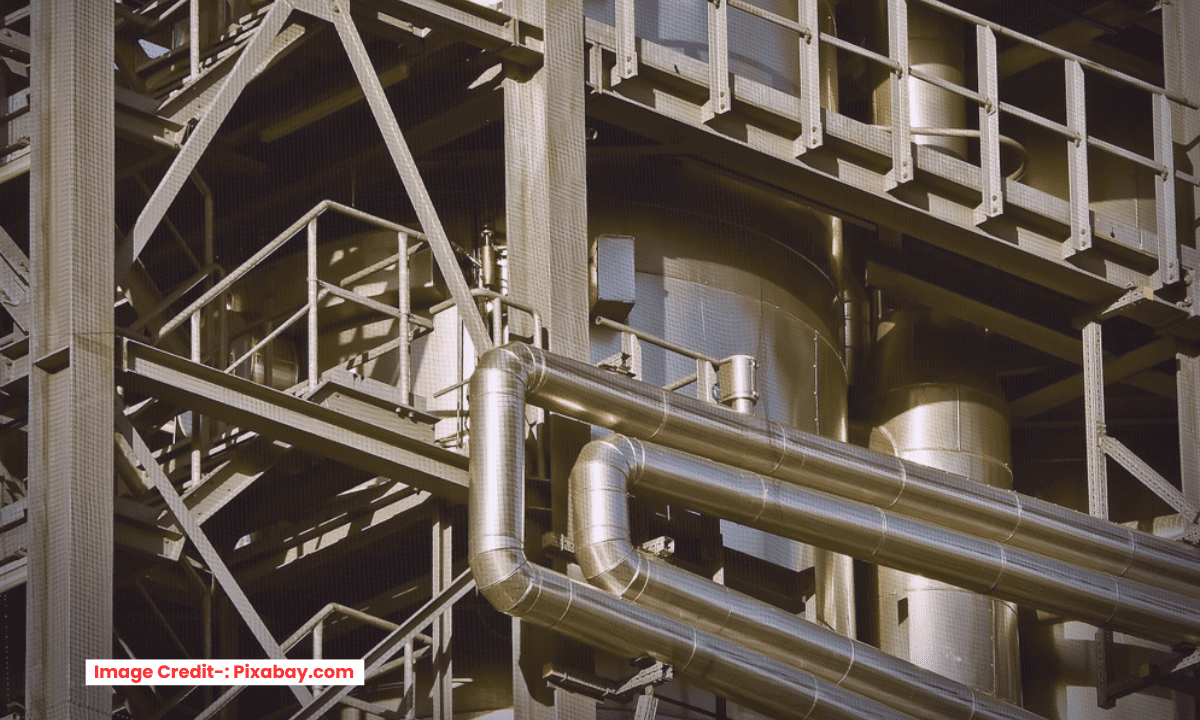
Selecting the right material is a fundamental engineering decision based on prioritizing properties against cost and manufacturability. Here’s a clear comparison of Aluminum, Steel, and Titanium.
The Quick-Reference Guide-:
| Property | Aluminum | Steel | Titanium |
|---|---|---|---|
| Strength-to-Weight Ratio | Good | Poor (High Strength, but Heavy) | Excellent (The best of the three) |
| Density (Heaviness) | Low (~2.7 g/cm³) | High (~7.85 g/cm³) | Medium (~4.5 g/cm³) |
| Corrosion Resistance | Excellent (Forms a protective oxide layer) | Poor (Prone to rust without coatings/stainless) | Exceptional (Highly resistant, even to saltwater) |
| Hardness & Wear Resistance | Low | Very High | Medium (can be surface-treated) |
| Cost (Raw Material & Machining) | Low | Lowest | Very High |
| Manufacturability | Easy to machine and cast | Easy to machine and weld (varies by grade) | Difficult to machine; requires specialized tools |
| Melting Point | Low (~660°C) | High (~1370°C for mild steel) | Very High (~1668°C) |
Detailed Material Profiles-:
Aluminum: The Lightweight All-Rounder-:
-
When to Choose It: Your top priority is low weight and/or good corrosion resistance, and you need a cost-effective, easy-to-machine material.
-
Key Advantages:
-
Lightweight: Its low density makes it ideal for anything that moves (aircraft, vehicles, portable equipment).
-
Naturally Corrosion Resistant: Forms a passive oxide layer, making it great for marine and outdoor applications.
-
Easy to Process: Excellent machinability and castability.
-
-
Trade-offs:
-
Lower strength and stiffness than steel.
-
Lower hardness, making it prone to wear and galling.
-
Loses strength rapidly at elevated temperatures.
-
-
Perfect For: Aircraft frames, automotive parts (blocks, wheels), consumer electronics (laptop bodies, phone frames), marine components, and heat sinks.
Steel: The Durable Workhorse-:
-
When to Choose It: Your top priority is high strength, high hardness, or low cost. Weight is a secondary concern.
-
Key Advantages:
-
High Strength & Stiffness: Can withstand high loads and stresses without deforming.
-
Excellent Wear Resistance: Ideal for parts in contact (gears, bearings, cutting tools).
-
Cost-Effective: The most affordable option on a per-kilogram basis.
-
Versatility: A vast range of alloys (from mild steel to tool steel to stainless steel) lets you tailor properties.
-
-
Trade-offs:
-
Heavy: Its high density is a major drawback for weight-sensitive applications.
-
Prone to Corrosion: Most carbon steels require coatings (paint, plating) to prevent rust. (Stainless steel solves this but is more expensive).
-
-
Perfect For: Structural frames (buildings, bridges), automotive chassis, tools, fasteners, machinery, and high-wear components.
Titanium: The High-Performance Specialist-:
-
When to Choose It: Your top priority is the best strength-to-weight ratio, exceptional corrosion resistance, or performance in extreme environments, and budget is not the primary constraint.
-
Key Advantages:
-
Incredible Strength-to-Weight: As strong as many steels but 45% lighter.
-
Corrosion Champion: Highly resistant to saltwater, chlorides, and many chemicals.
-
Biocompatible: Non-toxic and compatible with the human body, making it ideal for medical implants.
-
High-Temperature Performance: Retains strength at temperatures where aluminum would fail.
-
-
Trade-offs:
-
Extremely Expensive: High raw material cost and difficult, slow machining processes.
-
Challenging to Machine: Low thermal conductivity leads to heat buildup and galling, requiring specialized tools and techniques.
-
-
Perfect For: Aerospace components (jet engines, airframes), medical implants (joint replacements), high-performance automotive parts (connecting rods), and chemical processing equipment.
The Final Trade-Off
To make your choice, ask these questions:
-
What is the primary driver? Weight (Aluminum/Ti), Strength/Cost (Steel), or Corrosion/Performance (Ti)?
-
What is your budget? Steel and Aluminum are cost-effective; Titanium is a premium choice.
-
What are the environmental conditions? Corrosive environments favor Aluminum or Titanium.
-
How will it be manufactured? Complex machined parts favor Aluminum; heavy fabrications favor Steel.
In a nutshell:
-
Choose Aluminum for lightweight, corrosion-resistant, and cost-sensitive parts.
-
Choose Steel for high-strength, high-wear resistance, and the lowest cost.
-
Choose Titanium for the ultimate performance where weight, strength, and corrosion resistance are critical, and cost is secondary.
“Thank you for reading! If you found this article insightful and valuable, consider sharing it with your friends and followers on social media. Your share can help others discover this content too. Let’s spread knowledge together. Your support is greatly appreciated!”

